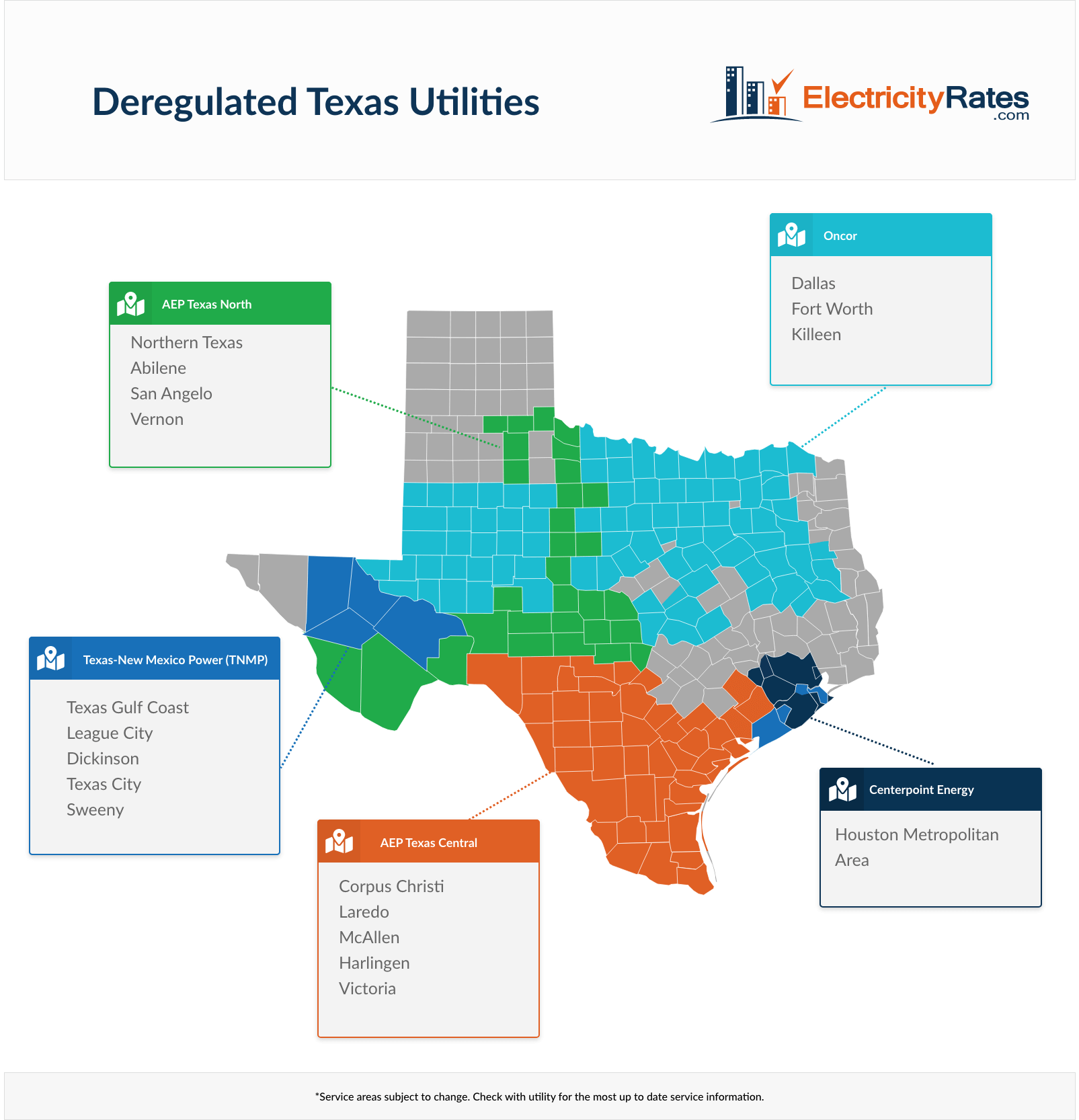
That means quicker adoption of new technology, more alternatives and even better options for clean energy. Basseches says a restructured (deregulated) state can create an environment where companies are able to be more nimble and able to change. Public utilities are usually behemoths that are resistant to change. "What you have to worry about with a regulated monopoly is that it will be best for the monopoly company and not the consumers," Basseches said. Often, providers have been in place for decades, and critics say they're focused less on what's best for consumers and more on maintaining the status quo. "What I like about competition is that, in the absence of transparency, you can have some faith that there's some check on the power of the utility monopoly by virtue of competition and market forces," he said.Ī deregulated or restructured system also takes power away from long-standing monopolies.


For Basseches, that's what makes it a worthwhile change. But that isn't always the case, and it isn't always easy for the consumer to tell. In an ideal world, PUCs would be trusted to provide the best option for all. The biggest and most obvious benefit of a deregulated environment is that it gives choice to the people. Deregulated markets tend to be more open to changes like clean energy adoption and technology improvements.Utility monopolies are less focused on the consumer's best interest.Competition should even the playing field against the power of a utility monopoly.Deregulated markets give power of choice to the consumer.But what is clear is that restructuring gives consumers more choice and more direct say in what kind of electricity they want and how much they'll pay for it."īasseches and other industry experts say deregulation proponents point to examples like the following as pros of deregulated energy: So in cases where costs went down, it's hard to say that it's because of restructuring. "They've gone up and down both in restructured and traditionally regulated jurisdictions. "You can look at electricity prices over time and see that they've gone up and down, but it's hard to attribute that," he said. Factors from weather to the war in Ukraine can affect those rates, and even for experts, it's too difficult to say definitively that one method is the right one. He says it's unclear, on a systematic level, whether deregulation has led to decreases in electricity rates. Even for Basseches, an expert who's spent the last six years on a book project about state-level renewable energy policy, the issue is too complicated to come down on one side or the other. Unfortunately, there's no easy answer as to whether regulation or deregulation provides a better outcome for the everyday resident.

regulated energy markets: the pros and cons Today, about 20 states have some form of deregulated or restructured system, with the majority of states still working with regulated monopolies.ĭeregulated vs.
#BEST ELECTRICITY PROVIDER IN HOUSTON SERIES#
That system largely stayed the same until, beginning with the Public Utility Regulatory Policies Act of 1978 (PURPA) and continuing on through the 1990s, a series of legislation allowed states the authority to deregulate or restructure.īut not every state decided to do so, and decisions were made based on each state's belief as to what would most benefit residents. According to the US Environmental Protection Agency, 13 states (and the District of Columbia) have fully deregulated or restructured electricity utilities:Īnother five states have partially deregulated or restructured environments:īeginning in the early 1900s during the early days of electricity commercialization, companies began approaching state legislators to set up a regulatory compact, which became the regulated utilities we know today.


 0 kommentar(er)
0 kommentar(er)
